(An excerpt from Thriving Leaders, Thriving Teams, by Lauren Parsons)
You can’t force plants to grow. They have to do that themselves. A skilled gardener, however, can cultivate the ideal environment and shape the conditions to create the best possible results. Picture growing an orchard as like growing a great team of people. As a leader, you have the role of master gardener, helping people flourish so they can perform at their best.
Much like trees in an orchard, staff need structure, nurturing, protection and space as they grow and develop. If tended by good orchardists, a healthy orchard will live for generations, surviving and thriving through the seasons. So too, leaders who intentionally cultivate a healthy workplace culture will see the fruits of their labour over the long-term.
These 12 things contribute to a successful orchard that bears great fruit.

1. LIGHT = A CLEAR VISION
People need to be inspired by a well-defined vision. Team members have to understand their organisation’s purpose and be strongly aligned with it in order to do their best. A clear vision motivates them to lift their game and galvanises them to strive towards it.

2. WATER = POSITIVE FEEDBACK AND APPRECIATION
Without appreciation, people wither, just like plants without water. Staff need regular watering with specific praise and encouragement. When leaders affirm staff, it bolsters their confidence as they develop and grow. Noticing and acknowledging good work encourages more positive behaviours. Praise needs to be delivered in the right way and with the right frequency so the person receiving it can soak it up.
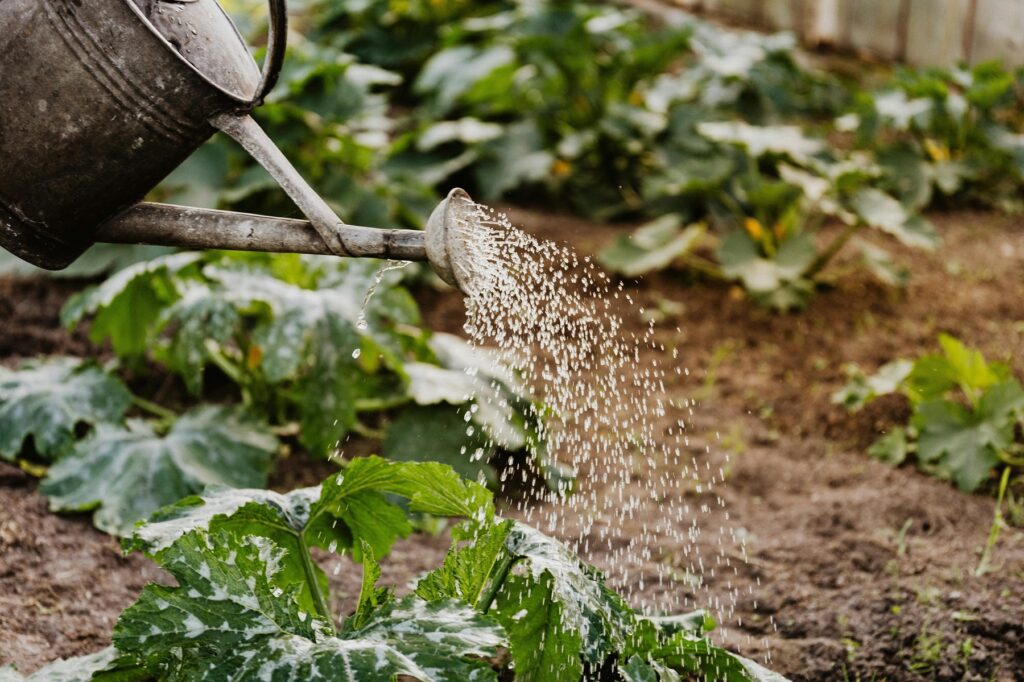
3. FERTILISER = COACHING FEEDBACK
This is the stuff that speeds our growth. Receiving timely, corrective feedback that’s delivered with the right balance and in the right way helps people learn and progress. Left to their own devices plants will grow, but not nearly as well or as vigorously as if they receive fertiliser. Great orchardists understand that nutrients need to be balanced and given at the right times, just as effective leaders understand the best style and delivery of feedback to suit their team members. The right coaching feedback helps people grow into their potential.

4. STAKES = A GOOD INDUCTION PERIOD
Newly planted trees are staked to help them get established. This gives them support while they put down roots. Similarly, a good induction period with supportive guidance helps new staff start out on the right foot. Just as a staked plant has tether ropes that allow some flexibility so the plant develops its own strength, a good induction period helps support staff as they grow their confidence. It keeps them centred through any challenges that come their way until they can stand firm in their own ability.

5. TRAINING = SYSTEMS AND PROFESSIONAL DEVELOPMENT
Just as an orchardist places frameworks, cords or cables to train a plant to grow in the desired way, staff need clear direction. Well-defined operations manuals, checklists and standard procedures set expectations. Together with training they prevent staff from doing things haphazardly, or letting standards slip. The right systems and regular professional development underpin your team members’ ongoing productivity and progress.

6. WIND PROTECTION = PSYCHOLOGICAL SAFETY
Wind can harm what would otherwise have been thriving trees, especially when they’re getting established. Ensuring a psychologically safe environment means people aren’t continuously battered by negative influences. They’re not constantly second guessing themselves or worrying how the day will go. Instead, they can put their energy into doing great work, without fear of putting their fruit (their ideas and work results) on display.
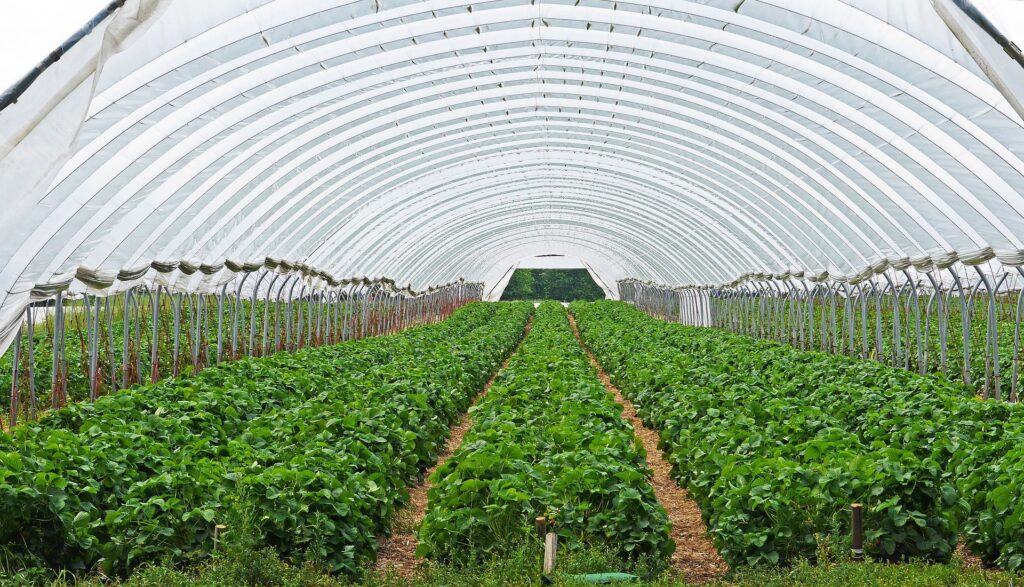
7. DISEASE AND PEST PROTECTION = PREVENTION OF BULLYING AND HARASSMENT
Perfectly healthy trees can be damaged by disease and pests, which can cause major and sometimes irreparable damage. It’s critical to protect your staff and keep them safe from negatives in the workplace such as bullying and harassment. Left unchecked, they can sabotage a productive environment, damage your organisation’s reputation, and cause you to lose good people.
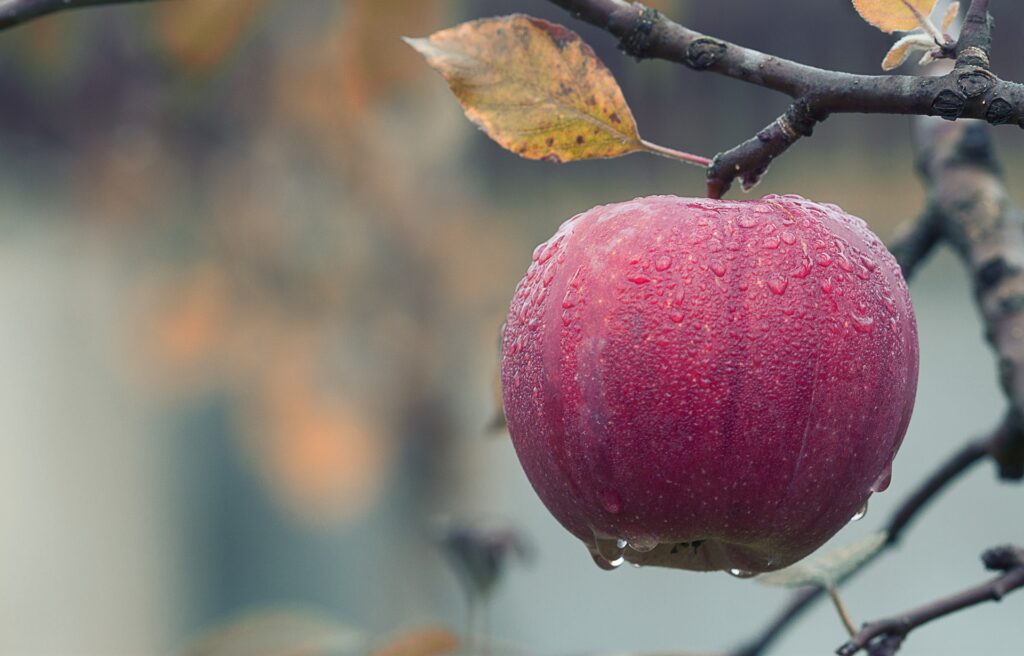
8. REGULAR WEEDING = STAYING ON TOP OF ISSUES
It’s always so much easier to pull out weeds when they’re small, before their root systems have become developed and entwined. Weed regularly by having zero tolerance for poor behaviours. Just as a master gardener mulches around their plants to prevent weeds, have systems in place to prevent workplace problems proactively. Underground, out-of-sight weeds can steal precious nutrients and undermine other’s growth, just as problems can impact on other staff’s development and success. Address things as soon as you spot them. Otherwise issues, just like weeds, can quickly get established and take over.

9. PRUNING = PRIORITISING
Pruning defines a tree’s shape and direction of growth. When a tree is pruned, it puts energy into the key branches that remain. The word ‘decide’ comes from the Latin word, ‘decidere’, which literally means to cut off. When you make decisions and communicate the top priorities, you cut off alternatives and clearly show people where to spend their time and effort. Prioritising at work is vital, so staff aren’t bogged down, trying to work on too many things at once.
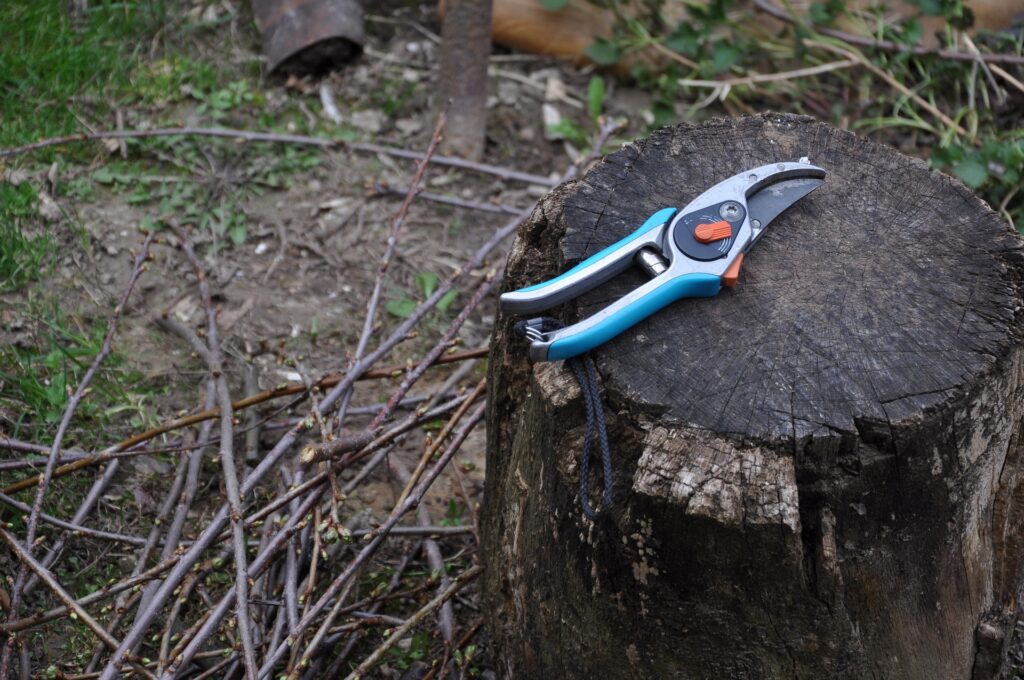
10. SPACE = AUTONOMY
In an orchard, trees need adequate space to grow with gaps between their branches for airflow, sunlight, and for birds and bees to pollinate. Equally, staff need time and space to pollinate new ideas and the freedom and autonomy to get on with their work rather than feeling they’re being micro-managed. Orchardists allow sufficient space so trees don’t knock each other. Trees damaged by abrasion have to divert precious energy away from growth and fruit and instead put it into healing infections which can sneak through damaged bark. Similarly, team members need to give one another adequate space and have sufficient role clarity to avoid risks to team cohesion from unhealthy friction.

11. GOOD SOIL = YOUR WORKPLACE CULTURE
Perhaps one of the most important things that will determine whether trees thrive is the soil they’re planted in. A healthy tree will not fare well if planted in poor soil. A large part of a tree isn’t seen; it’s underground. Your workplace culture is the thing that feeds and supports all of your staff’s growth. It’s vital to create a positive environment that nourishes people and allows them to put down strong roots. Connected staff who have a deep sense of belonging and purpose will not easily uproot and leave.
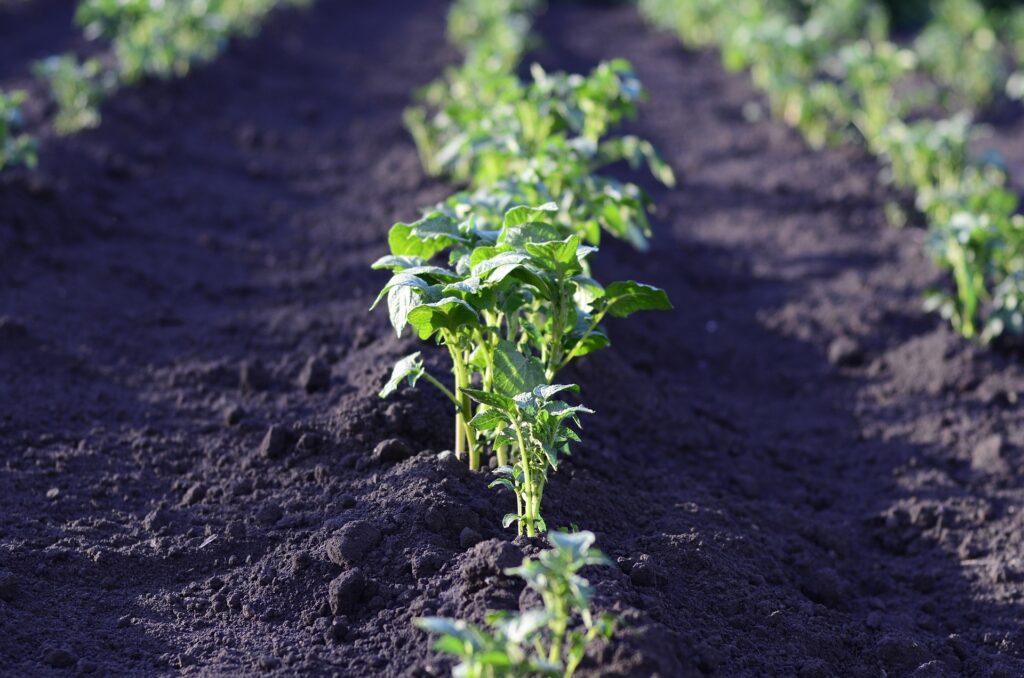
12. ORCHARD LAYOUT = STRUCTURING YOUR TEAM
Master gardeners understand the importance of creating harmony when they design their orchard layout. They treat their orchard like a team, taking into account each tree’s individual characteristics and the conditions that help them flourish. Robust trees are placed as bulwarks for those that are more susceptible to the wind’s effects. Larger trees are positioned behind smaller trees to maximise the impact of the sun’s warmth. Similarly, great leaders place people in roles that highlight their strengths, while ensuring any weaknesses are safe-guarded by others. This creates a positive, mutually supportive and symbiotic team dynamic where everyone can flourish.

To find out more about this metaphor and how you can lead like a master gardener, read the whole Thriving Leaders, Thriving Teams book. Order your copy today here.
Complete will full colour, full page illustrations, it’s a fantastic guide to help you stop languishing and start flourishing.
“An extraordinarily powerful book with an inspiring mission at its heart. If you want to cultivate and sustain the right conditions for your team and workplace culture to flourish, this book is your guide, your support and your inspiration”
– Steven Hargreaves, Author of The Compassionate Leader’s Playbook
“Thriving Leaders, Thriving Teams makes a compelling case for fostering wellbeing in the workplace and is full of practical tools and ideas for both individuals and leaders on how to do this.”
– Suzi McAlpine, Author of Beyond Burnout
A must-have for all leaders. Comprehensive, practical and easy to read!
– Karen Tui Boyes, CEO
Watch Lauren’s 5 min Disrupt HR Talk on this topic
Why You Need to Lead Like a Master Gardener | Lauren Parsons | DisruptHR Talks from DisruptHR on Vimeo.
Share this Post
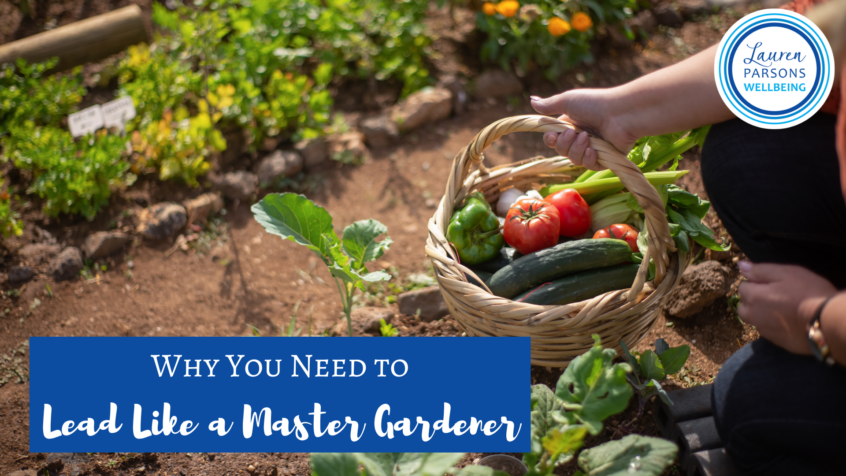
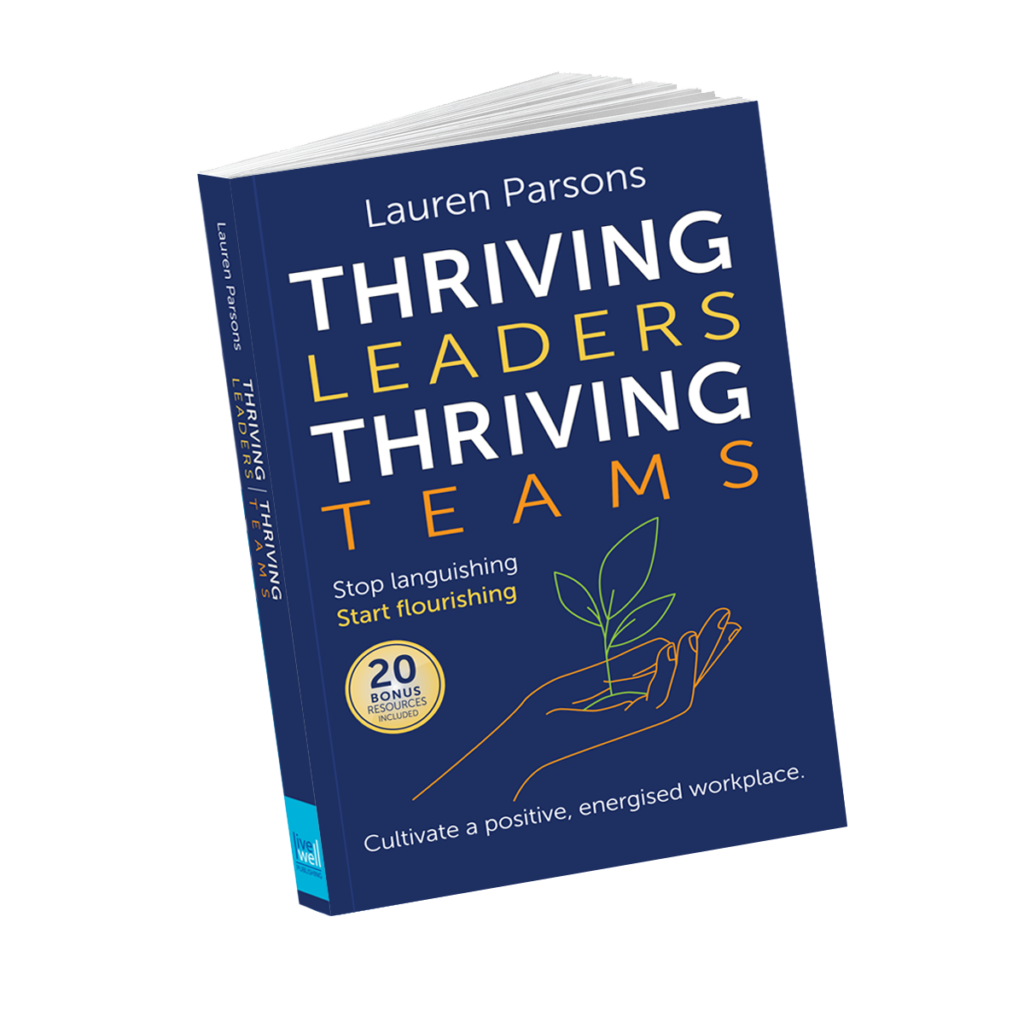
2 Comments on “Why You Need to Lead Like a Master Gardener”
Lauren
This is exceptional .
Thanks for taking the time to check it out!